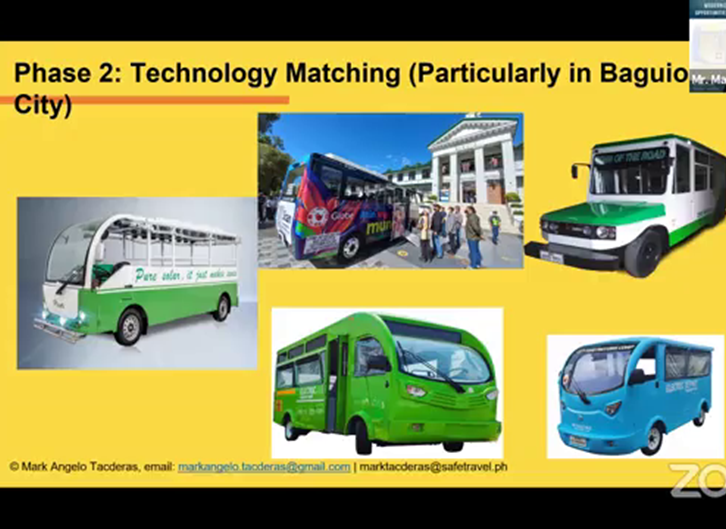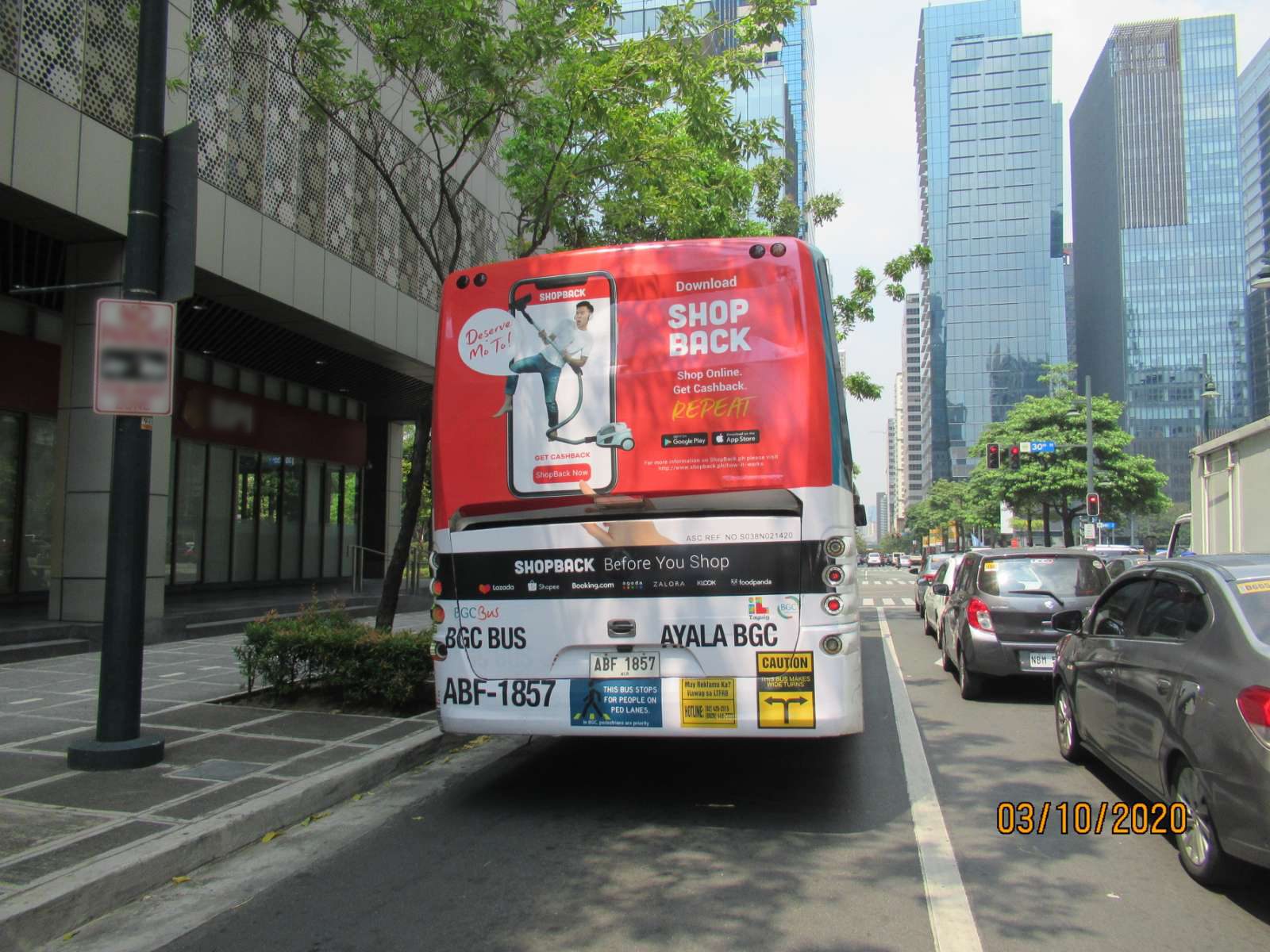Make The Most Of Direct Exposure with Transit Advertising Philippines
Make The Most Of Direct Exposure with Transit Advertising Philippines
Blog Article
Understanding the Duty of Transit Advertising in Enhancing Brand Name Exposure and Customer Involvement
Transit marketing has actually become a pivotal aspect in the marketing landscape, providing special opportunities for brand names to boost their presence and engage customers successfully. With the capacity to get to a varied and restricted target market during their day-to-day commutes, these advertising and marketing approaches are not just regarding presence; they have to do with creating purposeful links with possible customers. As we discover the multifaceted benefits and cutting-edge techniques within transit advertising, it ends up being necessary to take into consideration just how these elements jointly affect customer perception and behavior, questioning concerning their long-lasting influence on brand name loyalty.
Interpretation of Transit Advertising
Transportation marketing refers to the technique of advertising products, services, or brand names via advertisements placed around public transport systems. This kind of marketing includes a selection of positionings, including posters on buses and trains, electronic displays at transportation terminals, and covers on the outside of cars. It intends to get to a varied target market, taking advantage of the high foot traffic related to public transit.
Transportation marketing is tactically placed to capture the attention of travelers, that frequently invest substantial time waiting or traveling. By integrating advertisements right into the day-to-day regimens of people, brands can develop a long-term perception and foster brand name recognition. The tool is especially reliable in city environments, where mass transit is a main setting of traveling.
Furthermore, transit advertising can facilitate local targeting, permitting services to reach specific demographics based upon transit routes and station locations. As urban populaces expand and the use of public transport boosts, this marketing method has actually gotten prominence as an essential element of integrated advertising and marketing approaches. The vibrant nature of transportation advertising and marketing, incorporated with its ability to involve customers in a captive setting, underscores its relevance in modern advertising and marketing methods.
Advantages of Transit Marketing
The efficiency of transportation marketing depends on its ability to supply a wide variety of benefits to brands looking for to enhance visibility and involvement. Among the primary advantages is the considerable reach it provides; transit ads can effectively target varied demographics across metropolitan locations, getting to both pedestrians and commuters alike. This wide direct exposure considerably boosts brand name recognition.
An additional benefit is the high frequency of impacts. As transportation lorries follow recognized courses and quit at several areas, they develop repeated exposure that enhances brand name messages. This frequency cultivates knowledge, which is important in customer decision-making.
Transportation marketing is additionally cost-effective contrasted to various other media systems. Given its large reach and possibility for high impacts, brands usually experience a reduced cost per thousand perceptions (CPM), maximizing their marketing spending plan.
In addition, transportation ads can produce a feeling of community connection. By lining up with neighborhood transit systems, brand names can resonate with regional target markets and promote a feeling of neighborhood satisfaction. This localized strategy enhances brand name loyalty and interaction, making transportation marketing an engaging choice for organizations aiming to solidify their visibility in the marketplace.

Efficient Techniques for Transportation Campaigns
To make the most of the impact of transportation campaigns, brand names must take advantage of strategic preparation and execution customized to their target audience. Initially, determining the market characteristics of the target market making use of public transportation is crucial. This enables brands to create customized messaging that reverberates with prospective consumers.
Following, selecting the best transit mediums is essential. Whether making use of bus covers, subway posters, or electronic screens, each medium has one-of-a-kind benefits that can improve exposure. For example, dynamic visuals on bus covers can draw in focus, while digital advertisements can pop over to these guys be updated often to show timely promos.
Furthermore, incorporating a natural branding technique throughout transportation systems guarantees uniformity and enhances the brand name's identity. Using memorable taglines this page and appealing layouts will reinforce brand recall among travelers.
Last but not least, timing is a key consider executing successful transit campaigns. Introducing campaigns during top traveling hours or regional events can substantially boost presence and involvement. By using these strategies, brand names can effectively harness the potential of transit advertising, fostering greater understanding and link with their target market. Inevitably, a well-executed transit campaign can drive considerable development in brand name exposure and consumer engagement.

Determining Impact and Involvement
In examining the performance of transportation advertising and marketing projects, precise measurement of influence and interaction is important for brand names looking for to optimize their advertising and marketing methods. Metrics such as reach, regularity, and impressions provide fundamental information to examine exposure. Evaluating these elements assists establish the amount of possible consumers are exposed to the advertisements during their day-to-day commutes.
Engagement can be additional evaluated with consumer interactions, such as website traffic, social media states, and straight responses to calls-to-action included in the advertisements. Using devices like QR codes or one-of-a-kind URLs can help with monitoring of customer habits directly connected to transit campaigns. Studies and comments mechanisms additionally act as valuable approaches to gather qualitative data on customer perceptions and recall of the advertisement.
In addition, advanced analytics and attribution versions can associate transit exposure with subsequent buying behavior, offering understandings right into the roi. By utilizing a comprehensive strategy that combines qualitative and measurable procedures, brands can develop a nuanced understanding of their transit advertising impact. Inevitably, this data-driven technique allows brand names to fine-tune their projects, check this guaranteeing they resonate effectively with target audiences and improve general brand name presence.
Case Research Studies of Successful Projects
Successful transit marketing projects serve as engaging examples of how efficient techniques can boost brand exposure and involvement. Transit Advertising Philippines. One noteworthy instance is the "I Love New york city" campaign, which transformed the city's image and brought in millions of travelers. By using train advertisements, billboards, and bus covers, the project developed a strong, natural brand name identity, causing a significant uptick in tourist and local company patronage
One more exemplary project is Coca-Cola's "Share a Coke" effort, which leveraged transit marketing to individualize the brand experience. By featuring preferred names on marketing materials throughout different transit systems, Coca-Cola promoted a deeper psychological connection with customers, urging them to share their experiences on social networks.
Additionally, the "Got Milk?" project successfully used public transportation advertisements to get to a broad target market, strengthening the message of the importance of milk in a well balanced diet regimen. The campaign saw a quantifiable boost in milk intake in target demographics.
These study illustrate that when performed thoughtfully, transportation advertising and marketing can significantly boost brand name exposure, foster consumer interaction, and drive quantifiable outcomes, showing its important function in modern advertising techniques. - Transit Advertising Philippines
Final Thought
In final thought, transit marketing offers as an essential device for boosting brand presence and cultivating consumer involvement. Inevitably, the ability to gauge engagement and examine successful case researches emphasizes the efficiency of transportation advertising and marketing in driving brand name commitment and consumer interactions.
Transit advertising and marketing has actually arised as an essential aspect in the advertising landscape, offering unique possibilities for brand names to raise their exposure and engage customers properly.Furthermore, transit marketing can assist in localized targeting, enabling companies to reach particular demographics based on transit routes and terminal areas.In evaluating the performance of transportation advertising and marketing projects, precise dimension of effect and engagement is vital for brands looking for to optimize their advertising strategies.Successful transportation advertising projects serve as compelling examples of just how reliable approaches can raise brand exposure and involvement.In verdict, transportation advertising and marketing offers as a crucial tool for improving brand name visibility and fostering consumer interaction.
Report this page